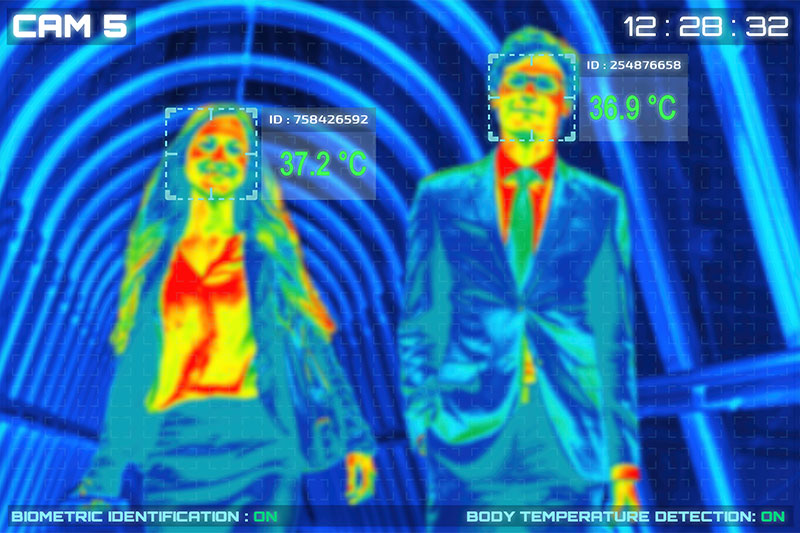
What is a fever? It is a rise in body temperature that results from your immune system fighting an infection. The fever happens because your body knows that if it heats up, it will kill the virus, bacteria, or fungi. When you have a fever, you are going to feel run down and fatigued, and unwell, but your body is doing its job by fighting the infection. You do not need to treat a fever with anything beyond drinking a lot of fluids and staying hydrated as your body loses water as it heats up and eating something you can digest so you have the strength to fight it.
Low-grade fevers are a sign that the infection is not serious which is why the body does not have to heat up too much. However, high fevers are concerning and if high fevers don’t break within a few days, then you will need to be checked by the medical staff because it is a sign that your body is not able to fight the infection properly if you have a high fever. How do you know whether or not you have a fever? You can take your temperature but you may also not know if you have a fever. Especially if your baseline body temperature is lower than normal. And, if your baseline temperature is higher than normal, you may think you have a fever and you really do not.
What Is The Average Baseline Temperature?
The average baseline or normal temperature is 98.6F or 37 C. However, that is not everyone’s baseline temperature. Some people may have a baseline temperature of 97 F or 36.1 C, or they may have a baseline temperature of 99 F or 37.2 C. You may think that the former may struggle with a mild form of hypothermia and the latter may have a low-grade fever, but that is not at all the case. That is because the average temperature range is actually between 97 F or 36.1 C and 99 F or 37.2 C. That means not everyone’s baseline temperature will be 98.6F or 37 C.
As you age, your baseline temperature may end up lowering as well. Therefore, if you have a headache and you wonder if you have a fever, and you take your temperature and end up with a temperature in the lower range of normal – you may wonder if you are chilled which could explain your headache. However, chances are you are not. Chances are even though you have a headache, you are perfectly healthy. That is now your normal body temperature even though back when you were younger, it was higher than that.
How Do You Know If You Have A Mild Fever Regardless Of The Baseline Temperature?
If your temperature is over 100 F or 37.8 C, then you have a low-grade fever because that temperature is beyond the normal body temperature range. You do not need to worry about having a low-grade fever. As mentioned previously, you just need to rest, drink plenty of fluids, and eat anything you can digest. Sometimes your appetite is unaffected if you have a fever so you can eat anything you choose. The same goes for a child. However, if you have a temperature of 103F or 39.4 C or higher, then you will feel sicker and appear sicker. You can treat yourself the same way as you would if you had a low-grade fever, but you will likely want to take pain relievers such as ibuprofen or acetaminophen to help bring the fever down. If you are not any better within a few days, then you will need to see your doctor. As mentioned, a high fever should not last more than several days. If it does, you need medical intervention.



